When America’s biggest city was mostly farmland.
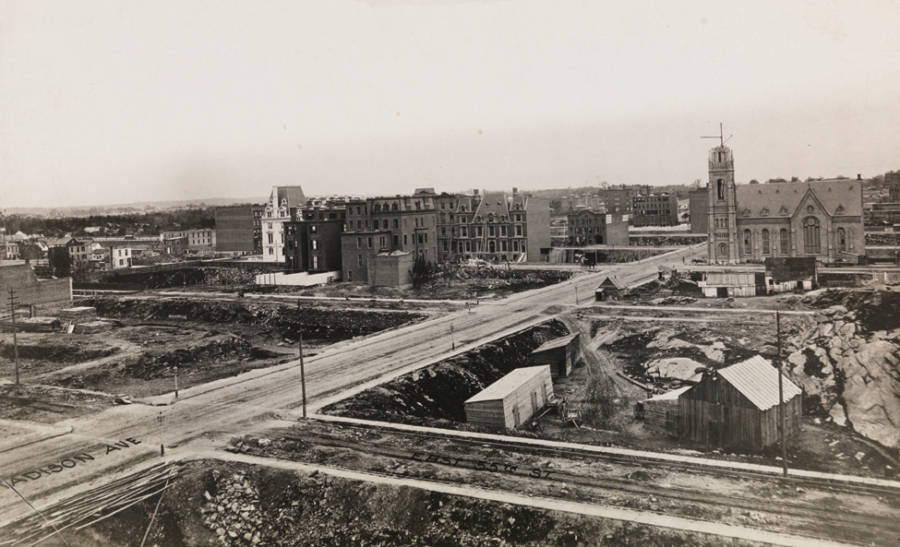
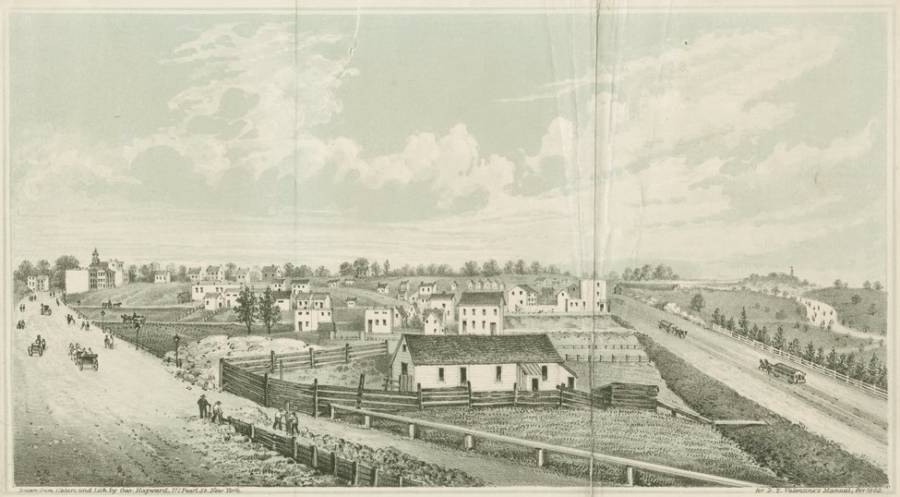
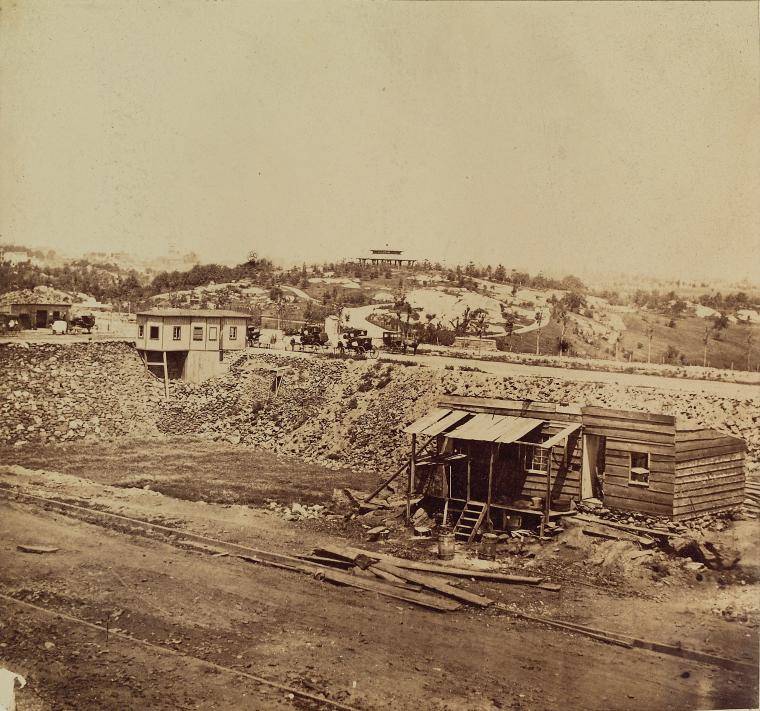
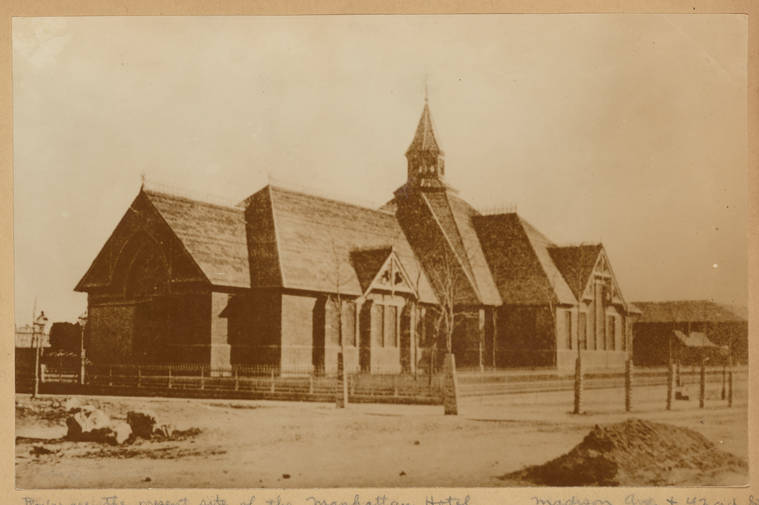
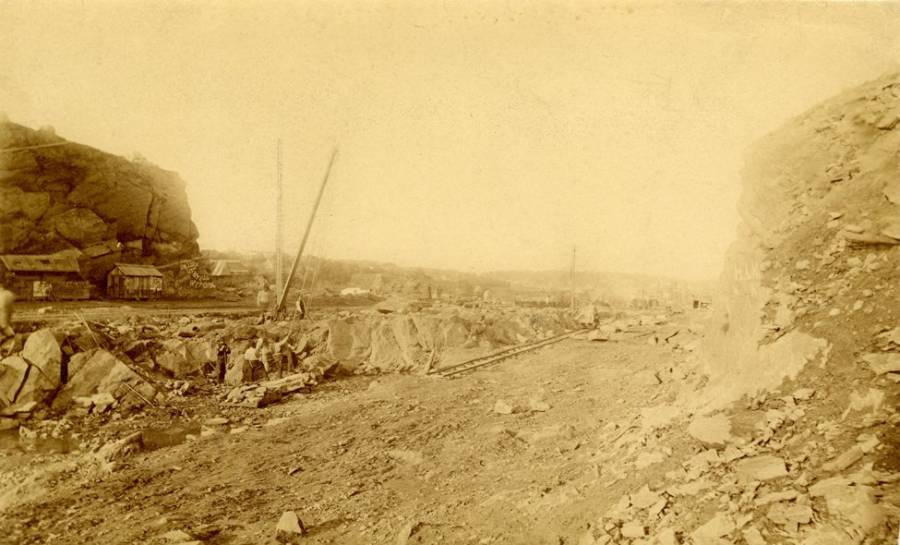
Before New York City became the iconic metropolis we know today, with its towering skyscrapers and bustling avenues, it was a quiet land of farmlands. It’s almost hard to imagine that this concrete jungle once was nothing but undeveloped space. But let’s take a trip down memory lane and explore the city’s transformation.
Long before the European settlers came, the land we now call New York was home to various Algonquian tribes. They lived in harmonious small communities, making the most of the fertile land. Then came the Dutch invasion of 1624, driving out the Native Americans and renaming the area New Amsterdam. At its peak, this settlement had about 8,000 residents.

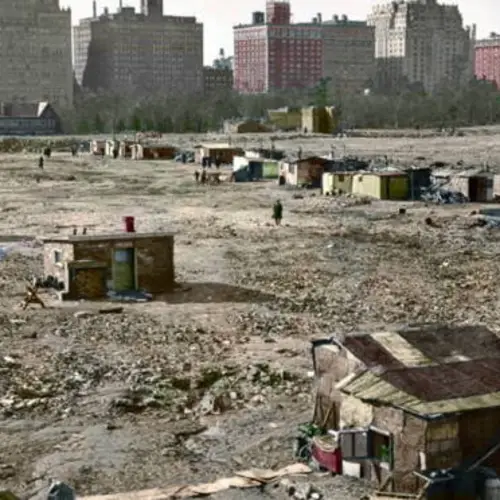
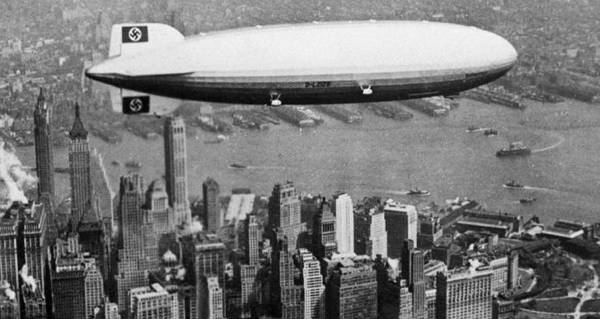
Fast forward to 1674: New Amsterdam is now in British hands and rebranded as New York, named after the Duke of York. As a major trading port, the colony started to grow significantly. Despite its growing importance, post-revolutionary New York was still predominantly a collection of far few farms and local businesses.
It wasn’t until the 1830s and 1840s that New York began laying the bricks (quite literally) for the urban sprawl we recognize today. Wealthy landowners flocked to the city, rallying for the development of public projects—think parks and roads. The influx of immigrants, particularly Irish fleeing the Great Famine and Germans escaping revolutions, alongside African-Americans who moved north when New York became a free state in 1827, provided the manpower needed for building this city.




These images take us back to a time where New York was just a budding metropolis. It wasn’t the single cohesive entity we know today. Brooklyn, Queens, and the Bronx? All separate cities until 1898.
From sprawling farms and tiny shanty towns to the architectural marvel that it is now, New York City’s transformation is indeed a sight to behold. The iconic skyline and urban landscape we see today started from these very foundations. Could you have imagined this beehive of activity starting as quaint farmlands and settlements? These snapshots offer a rare window into the past, showing New York in its humble beginnings.
Take a good look at these incredible photos and immerse yourself in the city’s deep history. From pastoral scenes to early construction sites, these images stand testament to New York’s unstoppable growth and transformation. It’s fascinating to see that what were once patches of greenery and modest homes are now some of the most expensive and famous plots of land in the world.
So next time you stroll through Central Park or push past the crowds in Times Square, take a moment to remember the city’s humble beginnings. Remember those early settlers, the transformative power of immigration, and the ambitious projects of wealthy landowners. They all played a crucial role in sculpting New York City into what it is today—a breathtaking blend of history and progress.
From the early days of trading posts to becoming the cultural and financial hub of the world, New York City’s journey is nothing short of awe-inspiring. And as we continue to build and expand, it’s crucial to look back and appreciate how far we’ve come.
John’s Take: Living in New York now, it’s almost impossible to imagine it without the skyscrapers, the busy streets, and the never-ending hustle. But looking at these images, you can’t help but marvel at the seemingly ordinary beginnings of this extraordinary city.






